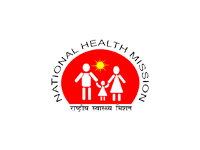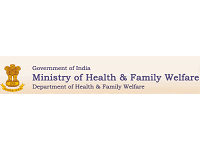Development of a rich evidence base continues to be the cornerstone of the national AIDS response as India moves towards the “End of AIDS as a public health threat by 2030”. Fast-Track targets for 2020 have been adopted to measure progress towards achieving this ‘End of AIDS by 2030’. Concurrent analysis and reporting of evidences on the Fast-Track indicators will be key not only to track progress, but also for making mid-course corrections if required.
India has one of the world’s largest and most robust HIV Sentinel Surveillance System. Tremendous efforts have been made to collect data on the HIV/AIDS epidemic through HIV Sentinel Surveillance. Over the past two decades, the HIV surveillance has expanded; the geographical unit of data generation, analysis and use for planning through HIV surveillance has shifted from the national to the State and district level. Technical brief from HIV Sentinel Surveillance 2016-17 was released on 6th December 2017 by Shri Sanjeeva Kumar, AS & DG, NACO during National Consultation on HIV Interventions in Prisons & Other Correctional Institutions.This technical brief analyses and describes the level and trend of HIV/AIDS epidemic across seven study population based on data from over 650 districts across 35 States and Union Territories.
HSS 2016-17 highlights that the HIV epidemic continues to be heterogenic in India with varied HIV prevalence by location and population. These epidemiological findings need to be taken into consideration for tailoring the responses by all stakeholders including policy makers, programme managers, research scholars, community and civil society.


























